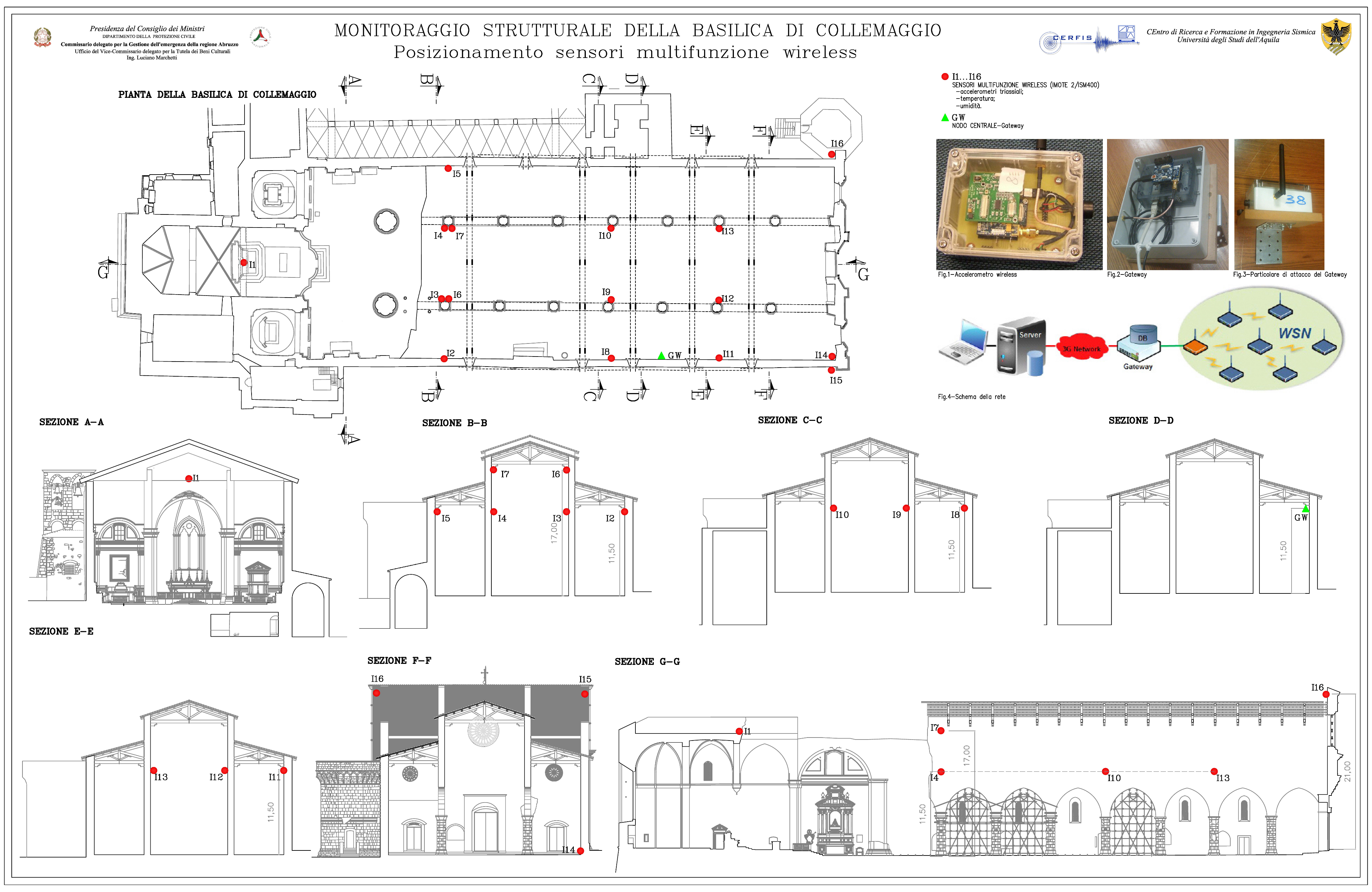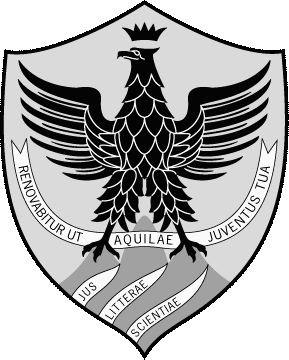The building monitoring system will be the basis for the implementation of other systems aimed at protecting the health of citizens in case of natural disasters (earthquakes or other catastrophic events). It will exploit the ability to constantly track the status of the structures in a timely manner to detect the occurrence of dangerous events and activate, when necessary, proper mechanisms for emergency response. The monitoring system will be used to get an immediate assessment of the safety level of the building, at the global level and at the level of individual parts. This characterization will be critical to the implementation of further and more efficient mechanisms for the protection of citizens.
The proper behavior of the system dependents on two factors:
-
-
-
-
-
- the ability to monitor the infrastructure continuously;
- the ability to detect events and react in a short time
To achieve these goals the structural monitoring system will be used as part of a wider system of data acquisition, processing and control.
The building sector is the largest energy consumer in the world. Therefore, it is economically, socially, and environmentally significant to reduce the energy consumption of buildings. This is the reason why a huge research effort is being spent in this area. The Building Automation research activities in the context of the INCIPICT project focuses on data-based modeling and control of buildings with the goal of energy efficiency. On this line of research, a collaboration between Dr. Alessandro D’Innocenzo (University of L’Aquila) and Prof. Rahul Mangharam (University of Pennsylvania, Philadelphia) officially started this year.
Dr. Francesco Smarra, postdoctoral researcher at the University of L’Aquila, is spending a research visiting period at the University of Pennsylvania co-funded by INCIPICT and by Prof. Mangharam. The main objective of this collaboration is exploiting learning techniques for predictive control of power consumption in buildings. More precisely, our techniques will provide a predictive mathematical model of the building behaviour that will be used to apply control strategies that maximise energy and money savings while guaranteeing thermal comfort for the occupants. We already applyed our techniques to the historical data of the Human Sciences Building of the University of L’Aquila obtaining promising results: next step is “closing the loop” applying our control algorithms to the same building. In perspective, the final objective is applying our methodology to networks of buildings of the (smart) City of L’Aquila.





